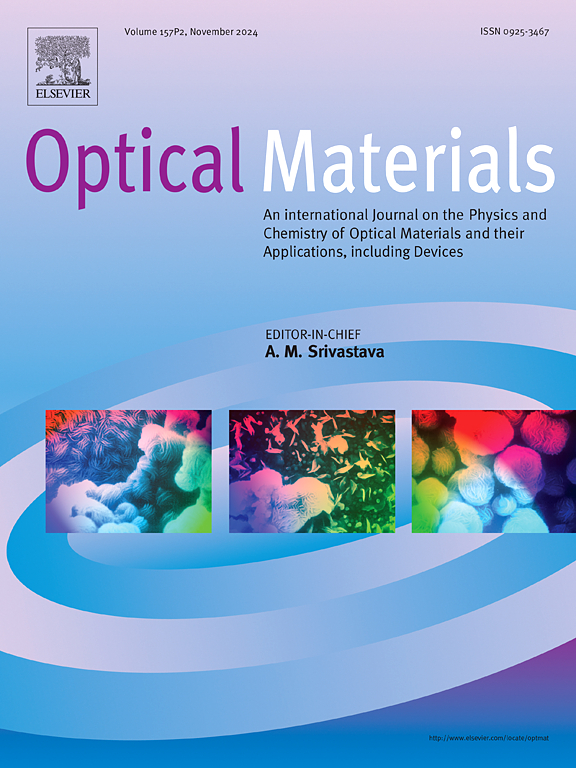Structural and optical studies of Sb2S3 films deposited by electron beam evaporation with post-annealing treatment
IF 3.8
3区 材料科学
Q2 MATERIALS SCIENCE, MULTIDISCIPLINARY
引用次数: 0
Abstract
Antimony sesquisulfide (Sb2S3) has emerged as a prospective and attractive material for next-generation solar cells due to its success in solution processing, high stability, low toxicity, and exceptional optoelectronic properties. Exploring the growth properties of Sb2S3 films is imperative to further improve the power conversion efficiency (PCE). In this investigation, Sb2S3 films were effectively produced through the application of electron beam evaporation, which was subsequently followed by post-annealing treatment. The impact of annealing temperature, duration, and target weight on crystalline orientation, morphology, internal stress, and optical characteristics were examined. The films exhibited a pure orthogonal phase with strong [hk0] crystalline orientation, uniform surface, and large grains after the annealing process. The Raman spectrum analysis demonstrated that sulfur loss in films escalates with increasing annealing temperature and time. The stress in the (hk1) and (hk0) planes increases with the increase of film thickness, and the stress in the former is greater than that of the latter. The synergistic effects of the electron beam evaporation technique and subsequent post-annealing treatment further illustrate the promising potential of Sb2S3 for use in solar cells.
求助全文
约1分钟内获得全文
求助全文
来源期刊

Optical Materials
工程技术-材料科学:综合
CiteScore
6.60
自引率
12.80%
发文量
1265
审稿时长
38 days
期刊介绍:
Optical Materials has an open access mirror journal Optical Materials: X, sharing the same aims and scope, editorial team, submission system and rigorous peer review.
The purpose of Optical Materials is to provide a means of communication and technology transfer between researchers who are interested in materials for potential device applications. The journal publishes original papers and review articles on the design, synthesis, characterisation and applications of optical materials.
OPTICAL MATERIALS focuses on:
• Optical Properties of Material Systems;
• The Materials Aspects of Optical Phenomena;
• The Materials Aspects of Devices and Applications.
Authors can submit separate research elements describing their data to Data in Brief and methods to Methods X.
 求助内容:
求助内容: 应助结果提醒方式:
应助结果提醒方式:


